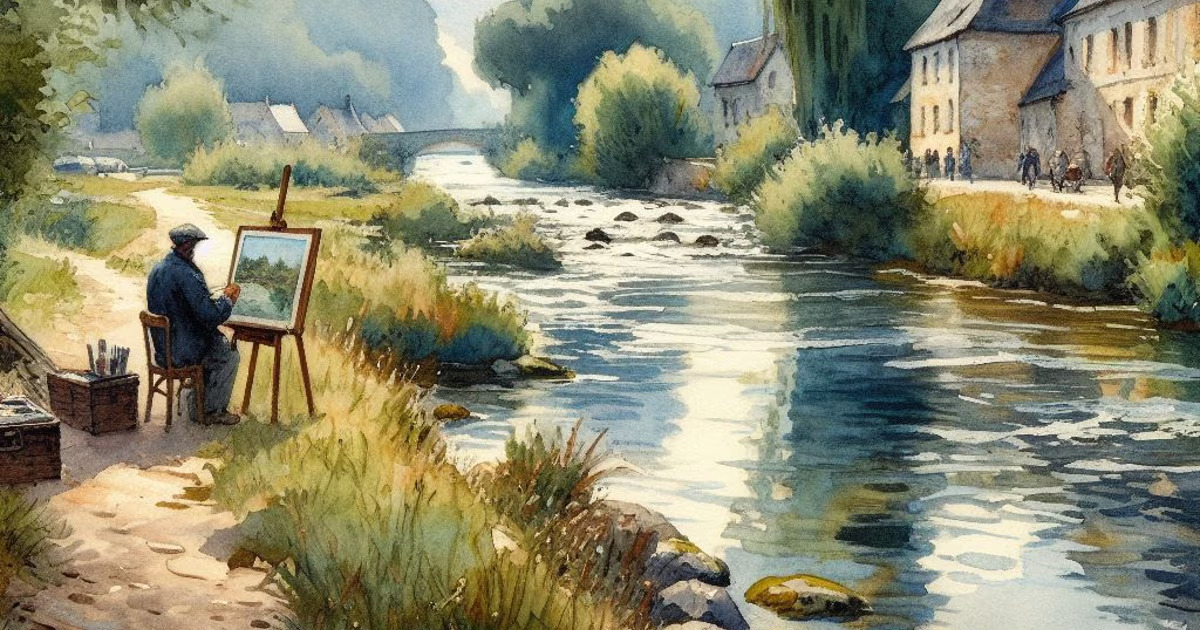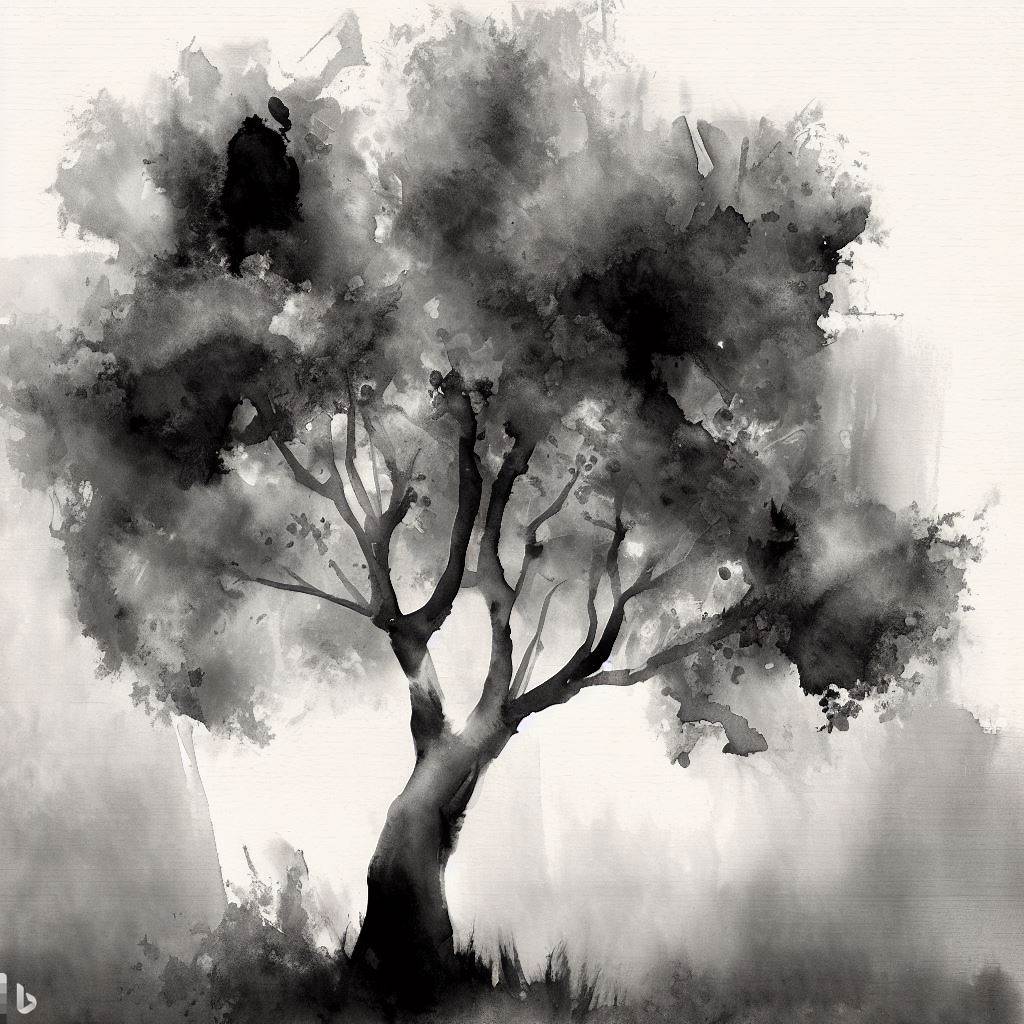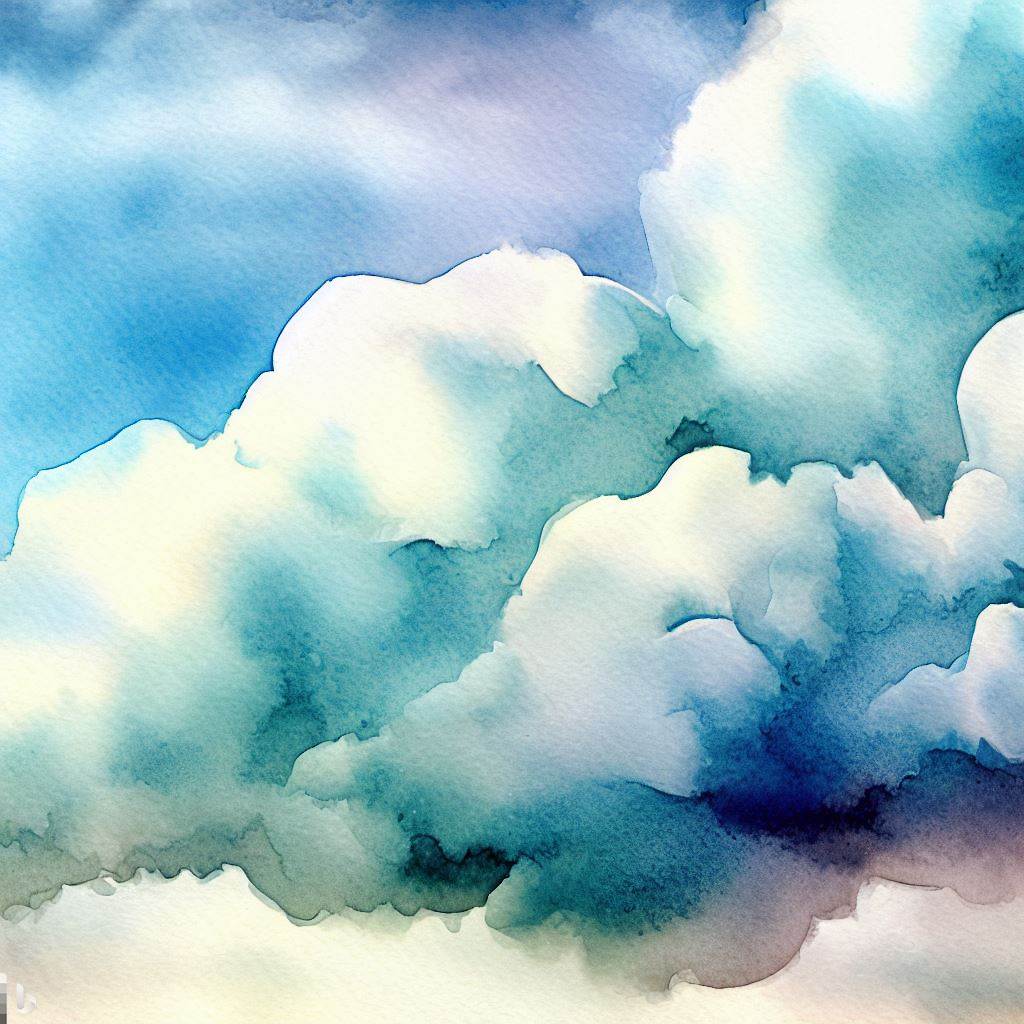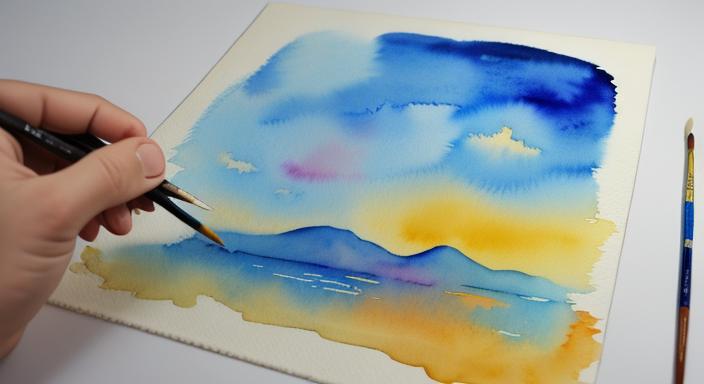
Watercolor paintings have an ethereal quality. Their luminous colors and soft transitions create an almost dreamlike beauty. The heart of this magic lies in the art of watercolor layering – a set of techniques that allows you to build depth, create subtle effects, and add remarkable dimension to your work.
In this guide, we’ll delve into the world of watercolor layers. We’ll explore everything from the basic techniques that will get you started to advanced methods for intricate detail work. Whether you’re a seasoned watercolorist or just picking up the brush, understanding layering will transform your paintings.
Understanding Watercolor Properties
Before we dive into techniques, let’s understand the unique nature of watercolor paints.
- Pigments and Transparency: Watercolor gets its distinctive luminosity from the way its pigments interact with light. Unlike opaque mediums like acrylics, watercolor pigments are quite small, allowing light to pass through them and reflect off the paper. This creates that characteristic glow. Different pigments have varying levels of transparency, which you’ll learn to use to your advantage when layering.
- Watercolor Paper Matters: The surface you paint on impacts how your layers work. Hot-pressed paper is the smoothest and allows for subtle, flowing washes. Cold-pressed has a bit of texture, good for most layered work, while rough paper creates a very textured look.
Basic Watercolor Layers Technique
Now, let’s paint! These core methods are the foundation of beautiful layering:
- Wet-on-Wet: The essence of this technique lies in painting onto dampened paper. Colors will flow and blend seamlessly, perfect for washes that transition gradually, like a sunset sky.
- Dry Brush: Picture controlled bursts of texture. Load a slightly damp brush with pigment, and gently drag it over dry paper. This creates a streaky, textured effect great for foliage, aged skin, or weathered surfaces.
- Glazing: This is all about building up transparent layers of color. Once a layer is completely dry, you apply a new, translucent wash over the top. This method deepens color, creates subtle shifts in hue, and adds incredible dimension.
Advanced Layering Techniques
Once you master the basics, it’s time to expand your toolkit!
- Masking Fluid: This liquid latex acts like a shield. Apply it to areas you want to remain white or a lighter color during washes. Once dry, your washes flow around it, and you can lift the masking fluid to reveal the pristine paper underneath.
- Lifting Out: You can correct mistakes and add delicate highlights with this technique. Saturate an area with clean water and carefully dab at the softened paint with a thirsty brush or paper towel. It will gently lift the color.
- Multiple Washes: Combining wet-on-wet, dry brush, and glazing in a single artwork is where things get exciting! This allows you to achieve complex textures, atmospheric effects, and a sense of realistic depth.
Troubleshooting Common Problems
Even experienced artists sometimes run into layering hurdles. Don’t despair!
- Muddy Colors: This often happens when layers aren’t perfectly dry before applying more. Be patient. If it happens, try glazing a transparent color over the trouble zone to harmonize it.
- Unevenness: Practice brush control and water ratios. Too much water leads to unpredictable bleeding.
- Bleeding: Sometimes colors escape your intended area. This may be due to overworking wet paint. Plan your washes carefully beforehand to minimize this.
Inspiration and Examples
Seeing how skilled artists employ layering techniques can be incredibly inspiring and help you understand how theory translates into beautiful artwork. Let’s look at a few masters of watercolor layering:
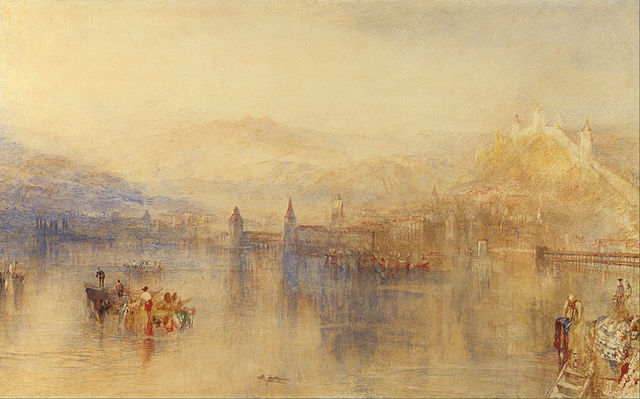
- J.M.W. Turner (1775-1851): A true pioneer of layering, Turner created atmospheric landscapes and dramatic seascapes. In works like “The Lake of Lucerne” (above), you will see he built up washes of color both wet-on-wet and through glazing. He boldly used lifting and dry brush to create sunlight glinting off water and texture in the clouds.
- Winslow Homer (1836-1910): Known for his evocative portrayals of American life, Homer used layering to create both vibrant and subdued effects. Examine “The Gulf Stream” (below), where translucent washes create a sense of turbulent water, while dry brushwork adds detail and texture to the boat and the figure within it.
- Contemporary Masters: The watercolor world is filled with talented contemporary artists pushing the boundaries of layering. Explore the dreamlike, multi-layered work of Liu Yi . Or admire the delicate washes and precise dry brush textures in the paintings of Mary Whyte.
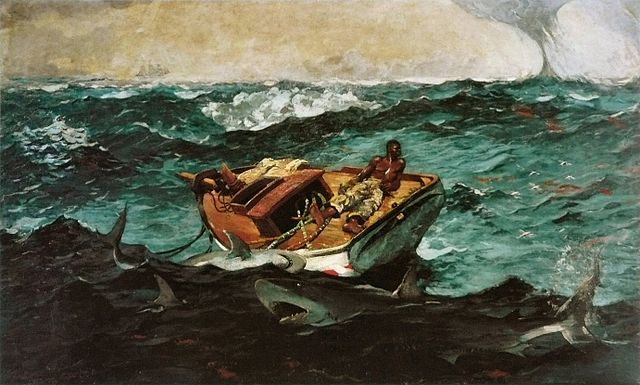
Analyzing the Work
As you look at these examples, ask yourself:
- Types of Layering: Do you primarily see wet-on-wet? Lots of glazing? A balanced mix?
- Transparency vs. Opacity: Where does the artist use opaque pigments to create contrast or highlights?
- Brushwork: Are there areas with bold dry brush texture? Where are washes smooth and flowing?
- Impact on Mood: How does the use of layering contribute to the overall feeling of the art? Does it make it feel dramatic, soft, mysterious?
By taking the time to analyze how layering is used in these inspiring works, you’ll deepen your understanding and start visualizing possibilities for your own paintings!
Conclusion
Watercolor layering is an exciting journey. By mastering both the technical skills and understanding how the medium works, you’ll gain the ability to translate your vision with breathtaking luminosity and depth. Experiment, play, make mistakes (we all do!), and most importantly, have fun exploring!
